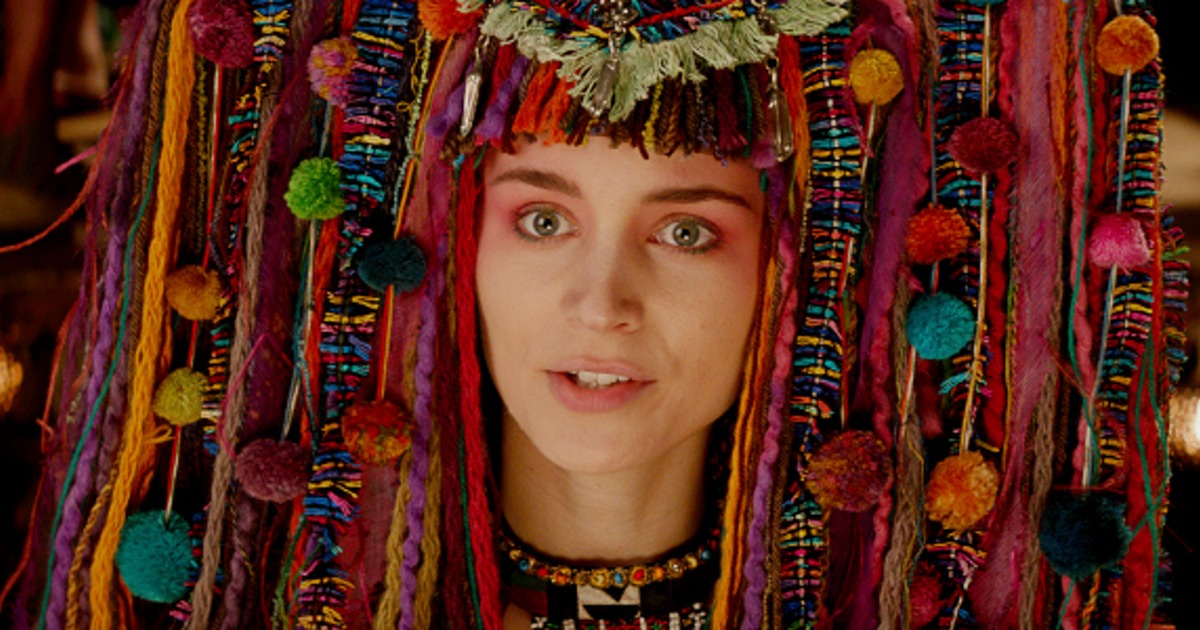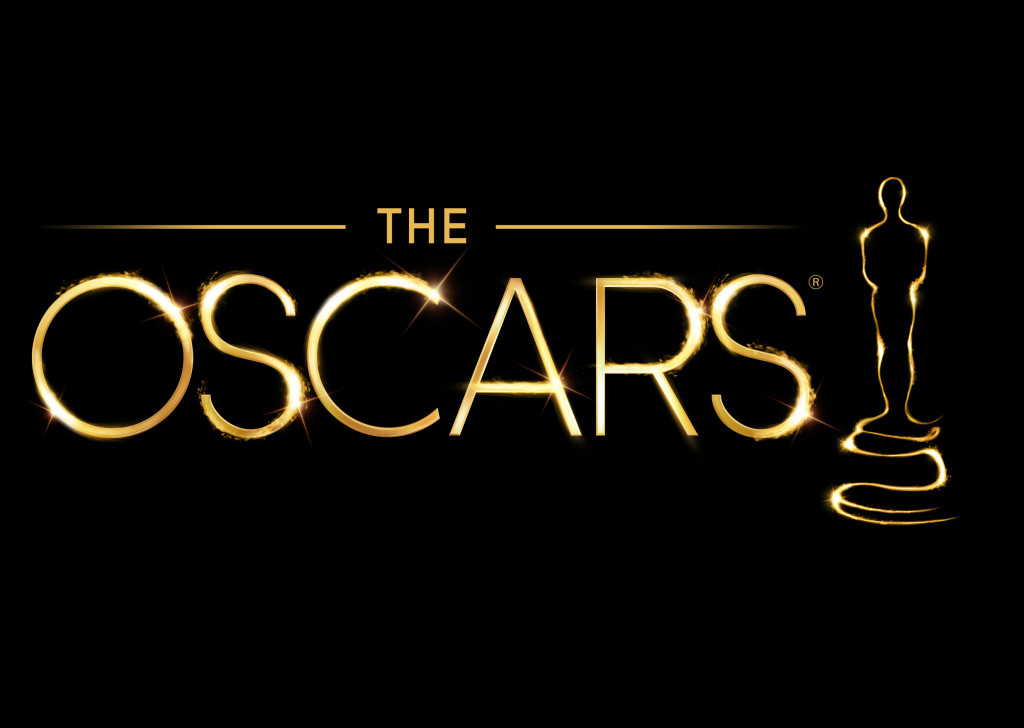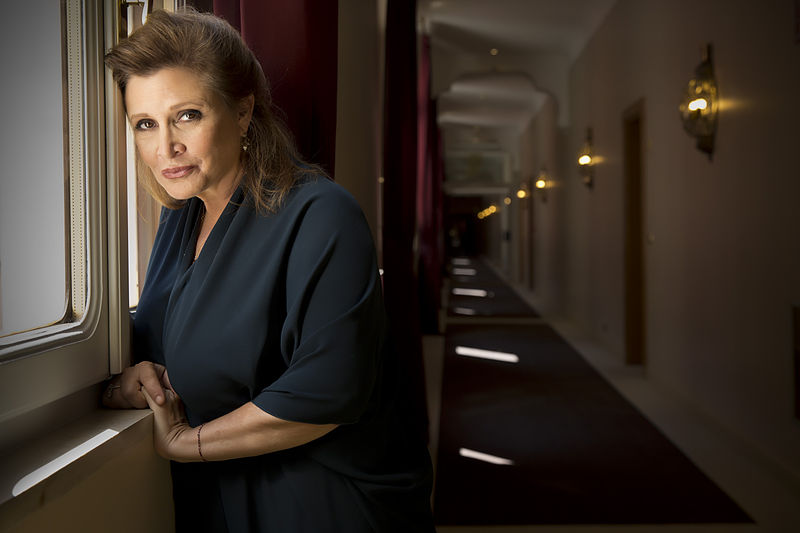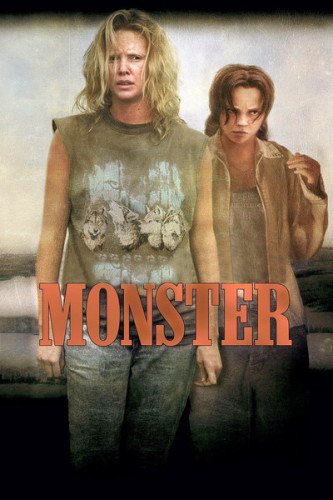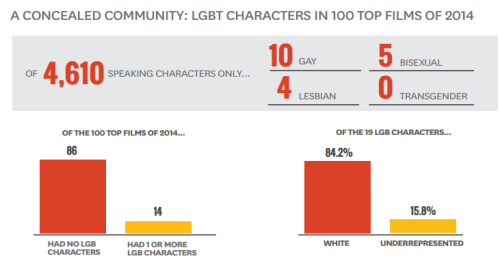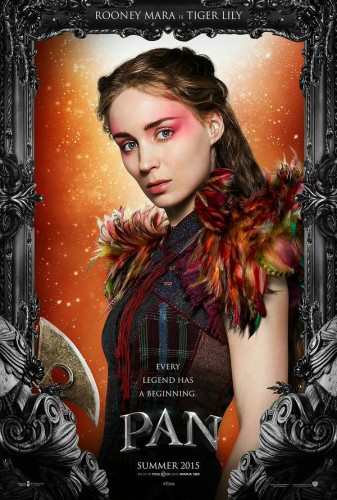This guest post by Danika Kimball previously appeared at Bitch Flicks and is reposted here as part of our theme week on Indigenous Women.
Hollywood has a history of recreating the same stories over and over again. I mean, in recent years audiences have seen remakes of Carrie, Cinderella, and about 18 Spiderman films (18 too many, in my opinion). So it came as no surprise when Warner Brothers announced that they would be making a new version of Peter Pan, entitled Pan. Even less surprising is their casting choice, where they have once again whitewashed a Native American character, hiring Rooney Mara to play the part of Tiger Lily. Apparently, most Hollywood executives and casting directors live in a fictional land called Neverlearn.
Raise your hand if you’re sick of it.
Director Joe Wright reportedly intended the film to be “very international and multi-racial,” but if the characters we’ve seen in this adaptation of Pan are indicative, he very well means “whiter than bleached snow.” Really, if he wanted the film to stand out from the rest of the Peter Pan films, he might have made it a point to create a non-racist one, as it would be the first of its kind to do so. I mean let’s not forget the disgusting racism present in the beloved 1953 Disney classic.
But fear not!
The studio apparently did an exhaustive search in finding the right girl to play the role of Tiger Lily, auditioning both Lupita Nyong’o and Adele Exarchopoulos before choosing Mara for the part. Though both of these actresses are phenomenally talented, name-checking starlets born in Kenya and France respectively hardly counts as an “exhaustive search,” especially when you cast a conventionally attractive white woman in the role at the end of the day.
Though certainly not the first film to completely screw up its casting choices (ahem — Stonewall, Aloha, Breakfast at Tiffany’s), Native whitewashing is particularly problematic. Fashion editors, photographers, and designers frequently appropriate Native culture, sport red face, and hypersexualize women. Though women are sexualized overall in entertainment mediums, the objectification of Native women presents a whole new set of problems. While one in four women is the victim of sexual abuse on average, that number more than doubles for Native women.
Furthermore, when was the last time you saw a film featuring Native Americans that didn’t use a harmful stereotype like “the violent savage,” “magical Native American,” or one who is drunk in a casino? Why are sports teams still using Native American caricatures as their mascots, despite overwhelming public dissent? How is Columbus Day still a thing? Why do we call celebrities our spirit animals?
To the naysayers that argue that Warner Brothers couldn’t find a good Native actress to fulfill the role, please allow me to call bullshit.
2002’s Whale Rider cast an unknown actress, Keisha Castle-Hughes, who went on to receive a well-deserved Oscar nomination. Similarly, Quevenzhané Wallis was cast as an unknown talent in 2012’s Beasts of the Southern Wild. That year she became the youngest actress to receive a Best Actress nomination at the Academy Awards.
Laverne Cox and Peter Dinklage are both testaments to the fact that casting great actors in roles that they authentically embody pays off in the long run. How inappropriate (not to mention ridiculously offensive) would it have been for HBO to continue the practice of “shrinking an actor” in order to depict the role of Tyrion Lannister? Consider the backlash that both Jared Leto, Eddie Redmayne, and most recently Elle Fanning have received for being cast as trans characters, rather than trans actors who could authentically play those parts.
Why on earth is Warner Brothers so hesitant to adopt a more progressive and culturally sensitive casting choice? What more do Hollywood executives need? Casting marginalized actors is not an impossible task, and their hesitation to embrace diversity on screen has real-life consequences.
The film Miss Representation touches on this idea. Adopting the mantra of Marie Wilson, director of The White House Project — “You can’t be what you can’t see” — the film argues that media representation is important. Without visible role models to look to, young people, especially girls and people of color, will be dissuaded from joining certain fields. Marginalized groups continue to be underrepresented in STEM, politics, leadership, and law enforcement, fields that are currently oversaturated with white men.
This opinion is shared by those who it most severely affects. A recent graduate from Arizona State University, Edilh Gallardo, shared her experiences in pursuing an education with her alma mater, emphasizing that pursuing higher education as a minority can be difficult because “a lot of our children don’t realize the opportunity is there.”
Her sentiments are part of the reason why representation in television film matters so much. If the only representations you see of your race or gender on TV are terrorists, criminals, and savages, rather than doctors, lawyers, or leaders, it might be difficult for you to imagine yourself in those positions later on in life.
There has been a long standing Hollywood cliche that states, the only color Hollywood executives see is green. This excuses the industry from their role in helping maintain white supremacist patriarchy because they are allowed to say, “We’re just giving the people what they want.” It’s clear in films like Pan, Tonto, and Aloha that Hollywood has no qualms with telling the stories of women or minorities. They have no problem with disenfranchised characters, but it has become apparent in recent casting choices that Hollywood is not ready for disenfranchised actors. This kind of transgression is irresponsible at best, and damaging to our cultural fabric at worst. So for the sake of actors, films, and the future of the industry, I hope eventually someone will start listening.
Danika Kimball is a musician from the Northwest who sometimes takes a 30-minute break from feminism to enjoy a TV show. You can follow her on Twitter @sadwhitegrrl or on Instagram @drunkfeminist.
